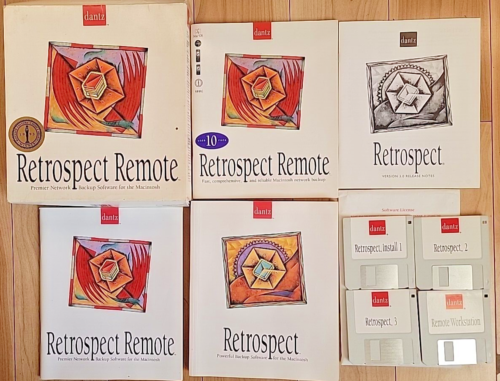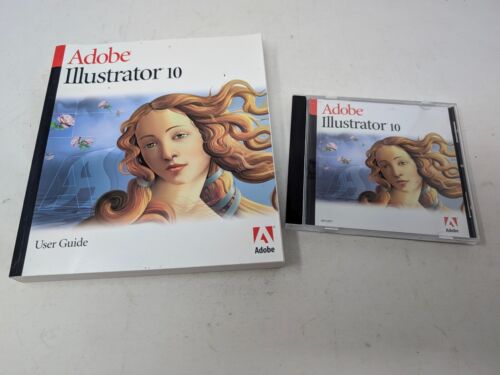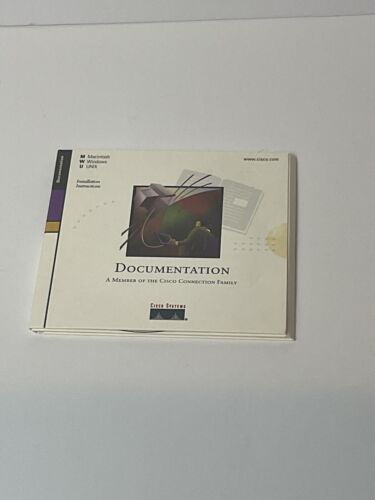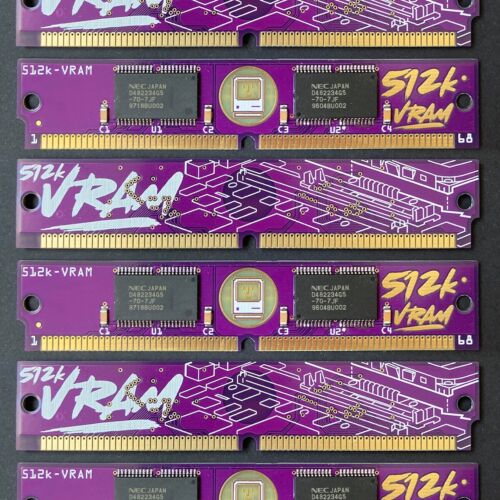The Evolution of Mac: From the Original Macintosh to Today’s MacBooks
When Apple introduced the original Macintosh computer in 1984, it revolutionized the personal computing industry. With its graphical user interface, mouse, and iconic design, the Macintosh set the standard for modern computers. Over the years, Apple has continued to innovate and improve upon its Mac lineup, leading to the sleek and powerful MacBooks that we know today.
The original Macintosh featured a 9-inch black-and-white display, a floppy disk drive, and a 128 KB of RAM. It was powered by a Motorola 68000 processor and ran on Apple’s proprietary operating system, System 1.0. Despite its limited capabilities, the Macintosh was a hit with consumers and helped establish Apple as a major player in the computer industry.
In the years that followed, Apple released a series of Macintosh models with improved performance and features. The Macintosh II, introduced in 1987, was the first Mac to support color displays and expansion slots for additional hardware. The Power Macintosh, released in 1994, featured a PowerPC processor and was the first Mac to run on the new Mac OS operating system.
In 2006, Apple made a major shift in its Mac lineup with the introduction of the MacBook Pro and MacBook Air. The MacBook Pro was targeted at professional users who needed high-performance computing power, while the MacBook Air was designed for portability and long battery life. Both models featured Intel processors and a sleek aluminum unibody design.
In recent years, Apple has continued to push the boundaries of innovation with its Mac lineup. The MacBook Pro now features Retina displays, Touch Bar controls, and Thunderbolt 3 ports for faster data transfer. The MacBook Air has been redesigned to be even thinner and lighter, while still offering all-day battery life.
One of the most significant changes to the Mac lineup in recent years has been the transition from Intel processors to Apple’s own custom-designed M1 chip. The M1 chip offers improved performance, power efficiency, and integration with Apple’s software ecosystem. The first Macs to feature the M1 chip were released in late 2020, and Apple has since introduced M1 versions of the MacBook Air, MacBook Pro, and Mac mini.
Overall, the evolution of the Mac from the original Macintosh to today’s MacBooks has been nothing short of remarkable. Apple’s commitment to innovation and design excellence has made the Mac a beloved and iconic product for millions of users around the world. Whether you’re a professional user in need of high-performance computing power or a student looking for a portable and stylish laptop, there’s a Mac model that’s right for you. With the M1 chip paving the way for even more exciting advancements in the future, the Mac lineup is sure to continue to impress and inspire for years to come.









